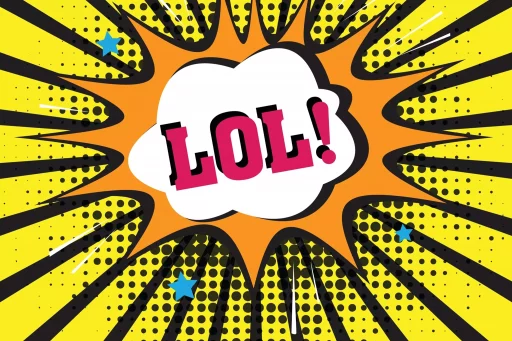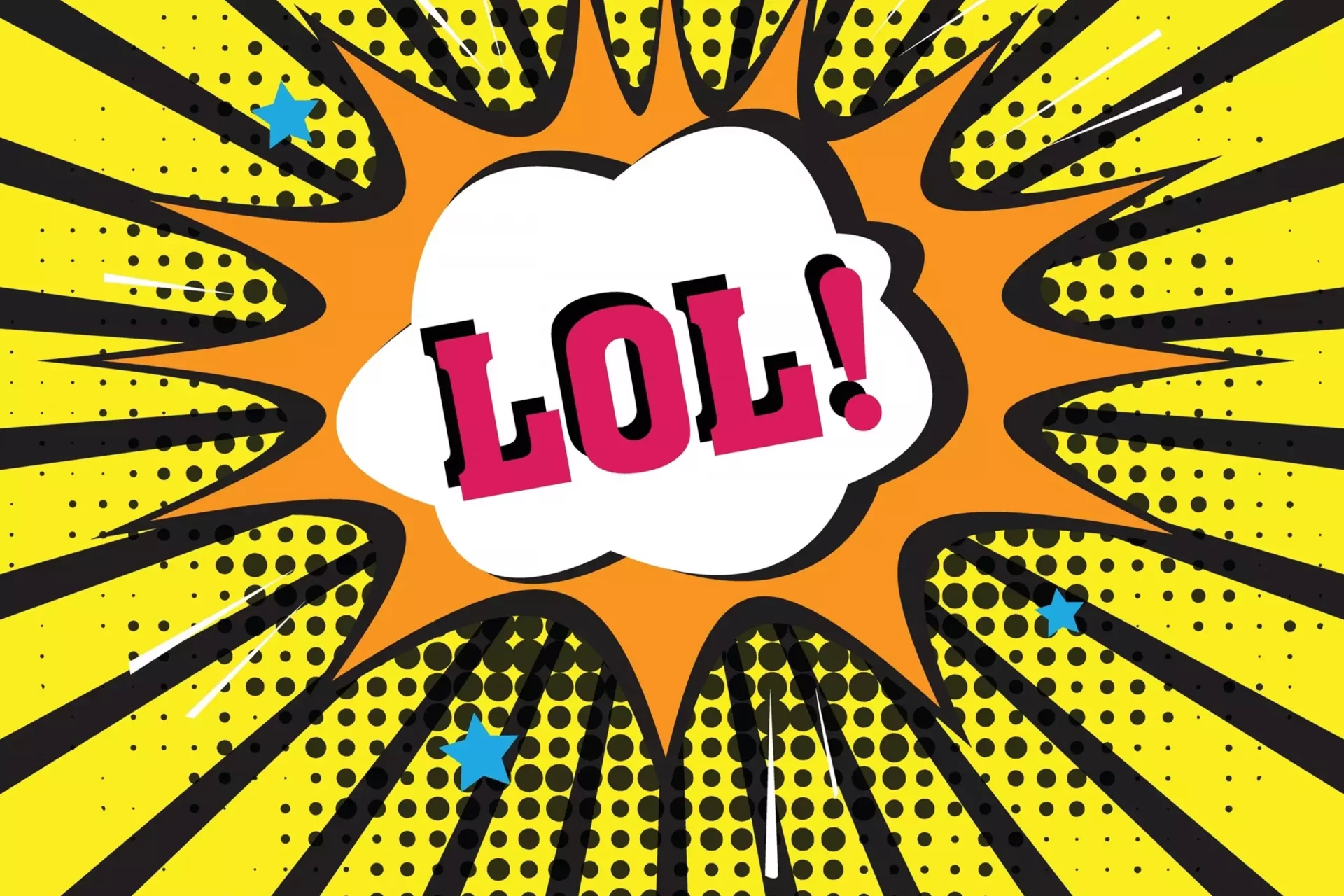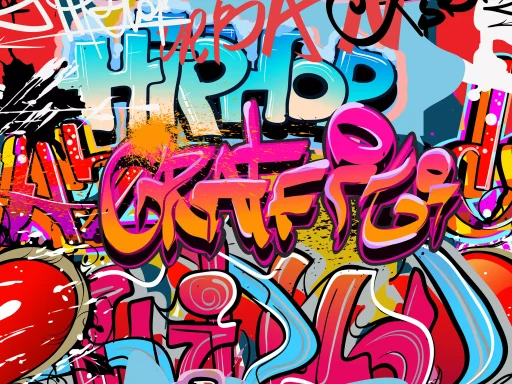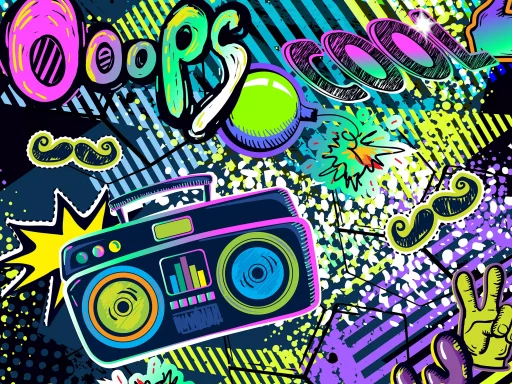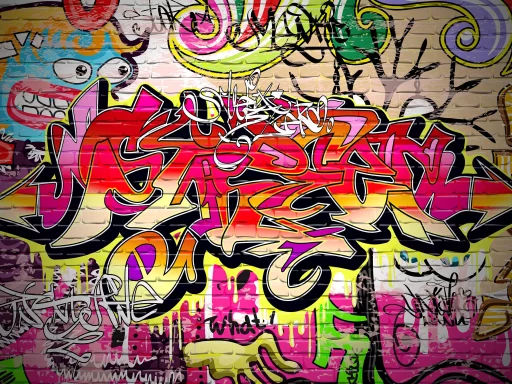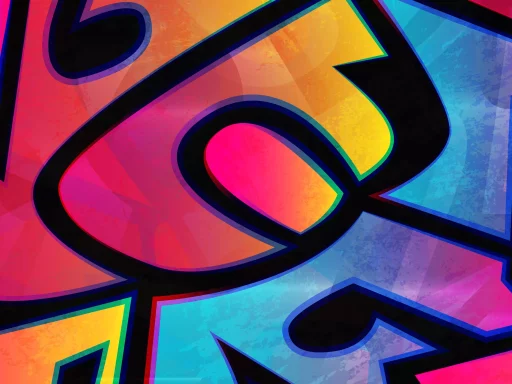Introduction to Sticker Slang
In the age of digital communication, a new form of language has emerged, particularly among younger generations. This language is not just composed of words but includes vibrant and expressive sticker slang. Stickers—animated images, emojis, and GIFs—have become a powerful medium for self-expression in platforms like WhatsApp, Snapchat, and Instagram. This article explores the phenomenon of sticker slang, its growth, examples, case studies, and statistics that underline its significance in modern communication.
The Rise of Stickers in Digital Communication
Stickers have transformed the way we communicate online. Unlike traditional text messages, stickers convey emotions, reactions, and context quickly. They encapsulate feelings and thoughts with a single image, allowing users to express themselves creatively and succinctly.
- Variety of Styles: Stickers come in various forms, from animated characters to expressive memes, catering to diverse audiences and preferences.
- Cultural Context: Many stickers draw from pop culture, memes, and societal trends, resonating with users on a personal and cultural level.
- Ease of Use: Users can easily send stickers with just a tap, making them a quick alternative to text.
What is Sticker Slang?
Sticker slang refers to the use of stickers in digital conversations, often accompanied by minimal text or none at all. This slang often relies on the shared understanding of images to supplement or replace verbal communication.
Examples of Sticker Slang
Here are some prevalent examples of sticker slang that illustrate how users employ stickers in their conversations:
- Expressing Emotions: An animated sticker of a character crying might be sent to convey sadness better than a simple text message saying “I’m sad.”
- Reacting to Messages: A thumbs-up sticker is often used in response to good news, effectively communicating approval or agreement without typing a full response.
- Inside Jokes: Friends frequently develop a shared language with stickers, using various stickers that may have specific meanings understood only within their group.
Case Study: The Impact of Sticker Slang in Social Media
To better understand the implications of sticker slang, let’s look at a case study involving the social media application LINE, which pioneered the use of stickers in messaging. LINE has gained immense popularity in Asian countries, particularly Japan, where stickers have become an integral part of the user experience.
According to statistics, LINE reports over 600 million users, with millions purchasing premium sticker packs. This shift indicates that users do not merely view stickers as novelties but as effective communication tools. Users perceive stickers as a form of art, with many artists creating unique designs that resonate with different demographics.
The Psychology Behind Sticker Slang
Understanding the psychology of sticker slang highlights its effectiveness. Stickers engage users emotionally, helping to convey complex feelings simply. Research has shown that visual stimuli like stickers can enhance understanding and retention in communication.
A study conducted by the University of Southern California found that participants remembered messages with visuals 65% better than text-only messages. This reinforces the idea that sticker slang can be a more impactful way to communicate than traditional text.
Statistics on Sticker Usage
- According to a 2023 survey by Statista, 68% of young adults use stickers regularly while messaging.
- 57% of users stated that stickers make conversations feel more engaging.
- Over 50% of sticker users report that they communicate their feelings more effectively with stickers compared to text.
The Future of Sticker Slang
As technology continues to evolve, so will sticker slang. The rise of augmented reality (AR) and virtual reality (VR) may lead to more immersive sticker experiences, blurring the line between text communication and visual expression. Brands are increasingly adopting stickers in marketing strategies, capitalizing on the trend to enhance customer engagement.
Moreover, with the growing popularity of digital communication across all age groups, sticker slang is likely to expand beyond its current boundaries. It may evolve into a more entrenched aspect of online interactions, further influencing how we share and convey information.
Conclusion
Sticker slang represents a novel and dynamic aspect of modern digital communication. It enables users to express feelings, reactions, and thoughts in ways that text alone cannot capture. As sticker usage continues to increase, understanding this phenomenon will be crucial for marketers, educators, and everyone involved in digital communication. Whether as a fleeting trend or a long-lasting change, sticker slang is undeniably shaping the way we connect in the digital age.
